Kia PV5 Marks Global Debut as the Brand's First Van
The Kia PV5 EV will be available in multiple configurations, including cargo, passenger, and chassis cab models, offering flexibility for various needs.
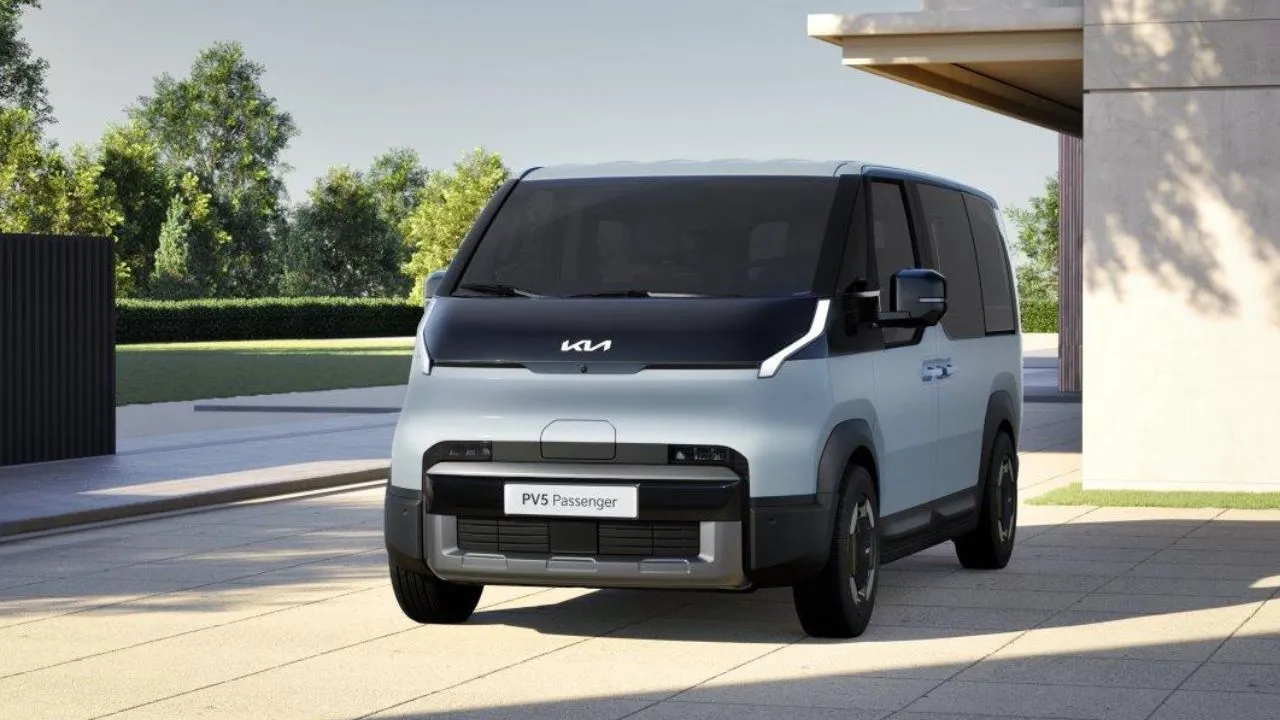
Kia has introduced the PV5, its first-ever van, making its global debut. Built on Hyundai Motor Group’s eS platform, this all-electric van is designed for both commercial and passenger use. The PV5 will be available in multiple configurations, including cargo, passenger, and chassis cab models, offering flexibility for various needs. With a modern design and a spacious interior, it aims to provide a practical and efficient mobility solution. The van is expected to feature advanced connectivity and driver-assistance systems. Kia’s launch of the PV5 marks its entry into the electric van segment, aligning with the brand’s focus on sustainable transportation and expanding its EV lineup for global markets.
Commenting on the global debut, Ho Sung Song, President and CEO, Kia said, 'By integrating the clean efficiency of an electric powertrain with the unprecedented flexibility of our new PBV architecture and advancing our product, software, and manufacturing innovations, the PV5 embodies our core values as a sustainable mobility solutions provider. Modern vehicles have become incredibly complex, but with the PV5, Kia has united multiple cutting-edge technologies toward the goal of simplifying users’ mobility experiences. This removes complexity from their personal transport needs and frees them to focus on the pursuit of their ambitions and fulfilment of their passions.'
Kia PV5 Electric Van: Battery Specs
The PV5 will come with three battery choices: a 43.3kWh LFP unit and two NCM options – 51.5kWh and 71.2kWh. The Passenger variant, fitted with the largest battery, delivers a range of up to 400 km as per WLTP standards. Fast-charging capabilities allow the battery to go from 10% to 80% in around 30 minutes.
Also Read: Kia EV4 with up to 630 km Range Breaks Cover
While all versions are expected to be powered by a front-mounted electric motor generating 161bhp and 250Nm of peak torque, more technical details will likely be revealed closer to launch. Kia plans to introduce the PV5 in Europe and South Korea in the latter half of the year, with availability in additional global markets expected the following year.
Kia PV5 Electric Van: Platform, Design, and More
The PV5 is underpinned by Kia’s Electric-Global Modular Platform for Service (E-GMP.S), an adaptation of the existing E-GMP architecture designed specifically for fleet operations. This revised platform emphasizes cost-effectiveness by standardizing critical components such as battery packs and electric motors, streamlining production while enhancing efficiency.
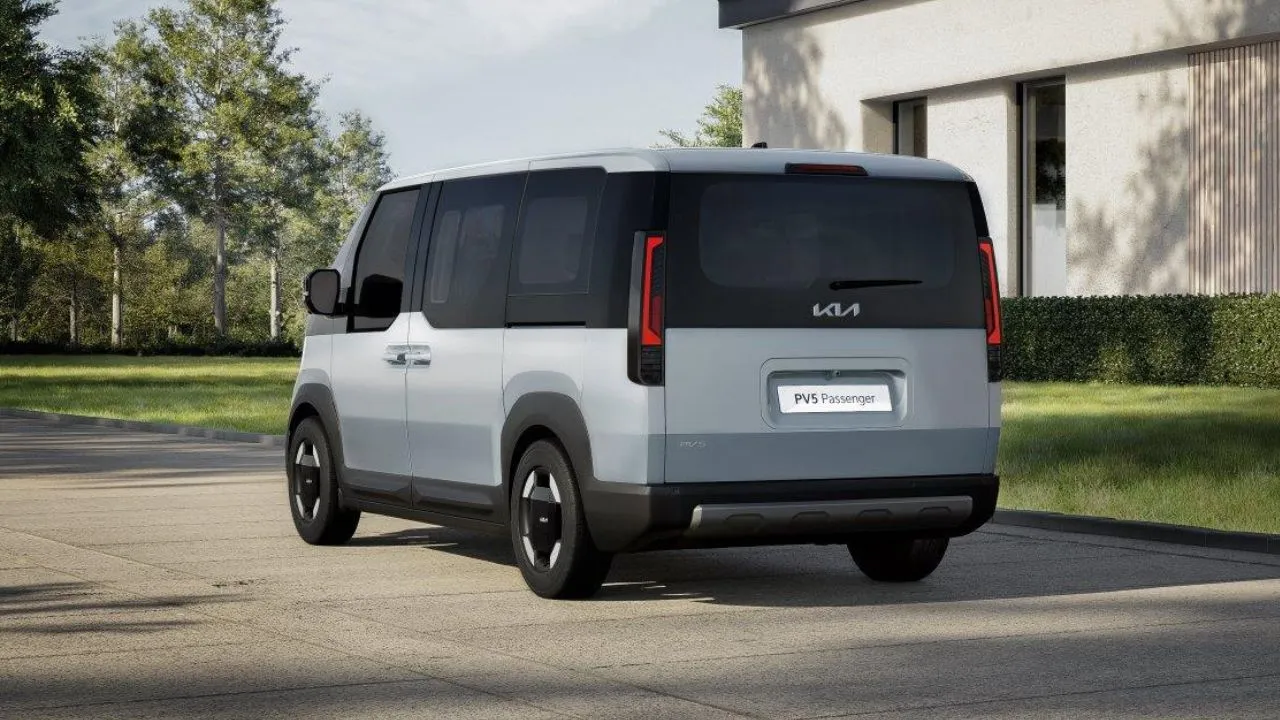
The PV5 Cargo variant is offered in three configurations—Standard, Long, and High-Roof—providing a maximum cargo capacity of 5,100 litres. The Standard and Long versions come equipped with two front seats, with an optional third seat available. Additionally, buyers can opt for an L-track mounting system to improve cargo area versatility. Meanwhile, the PV5 Chassis Cab is based on the Cargo model but is delivered as an incomplete platform, allowing businesses to customize it for various applications, including refrigerated transport or flatbed trucks. The Passenger and Cargo Long variants both measure 4,695mm in length with a wheelbase of 2,995mm.
Also Read: Kia Concept EV2 SUV Makes Global Debut; Sales to Begin in 2026
While both Passenger and Cargo versions share the same foundational design, they incorporate distinct elements to cater to their respective functions. The Passenger model adopts a clean, contemporary aesthetic with large windows encased in black graphic surrounds for enhanced visibility. Black wheel arch trim and side panels lend a rugged, SUV-inspired look, aligning the van with Kia’s broader design language. Additional styling highlights include signature lighting, black accents on the headlights, a chamfered D-pillar, and a single lift-up tailgate. In contrast, the Cargo variant features a more boxy, practical silhouette to maximize storage capacity. It also swaps the single tailgate for dual side-opening rear doors to facilitate easier loading and unloading.
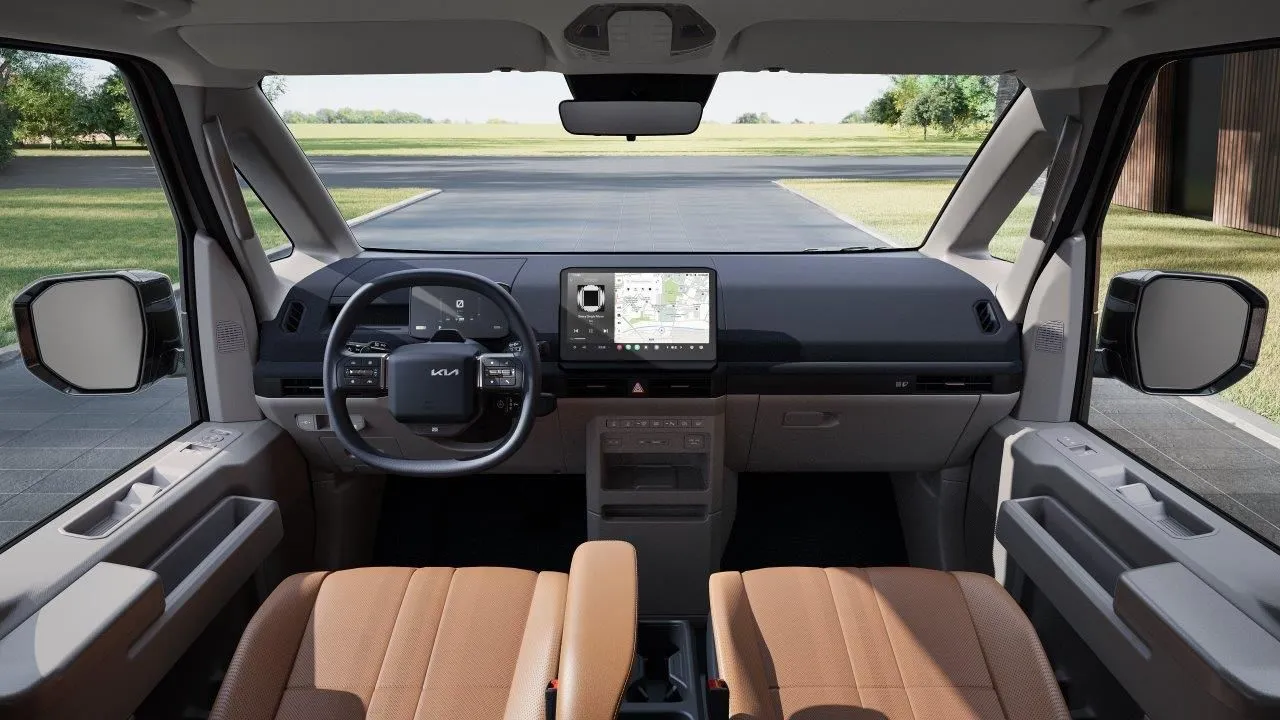
The cabin adopts a simplistic design, featuring a 7-inch digital driver display alongside a 12.9-inch touchscreen infotainment unit powered by Android Automotive OS. A vertically oriented centre console contributes to the organised layout, while a two-spoke steering wheel integrates a column-mounted gear selector for added convenience.
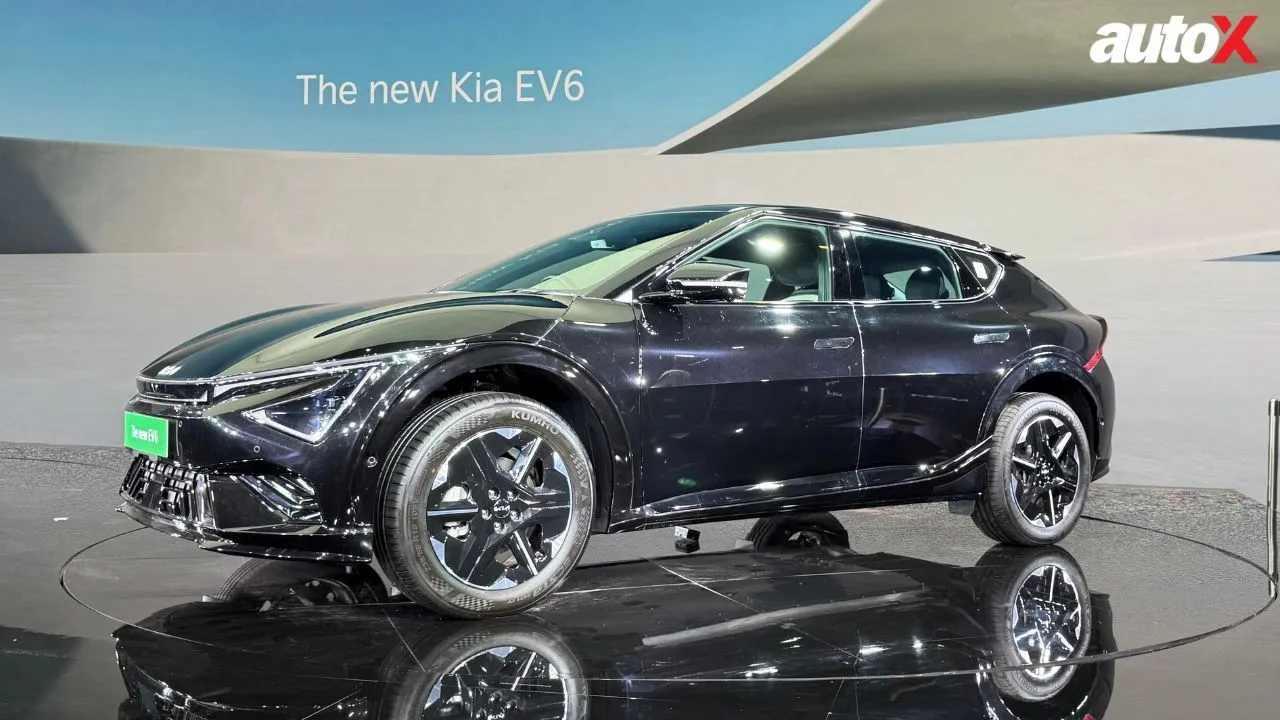
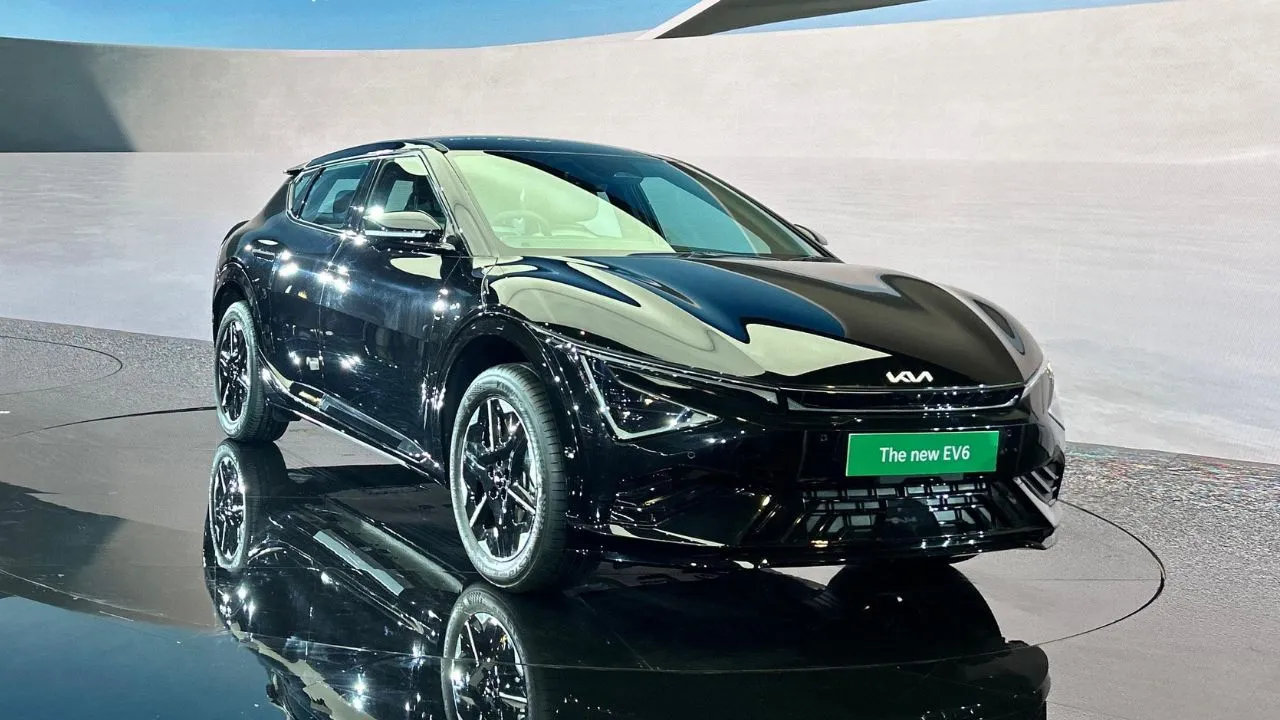



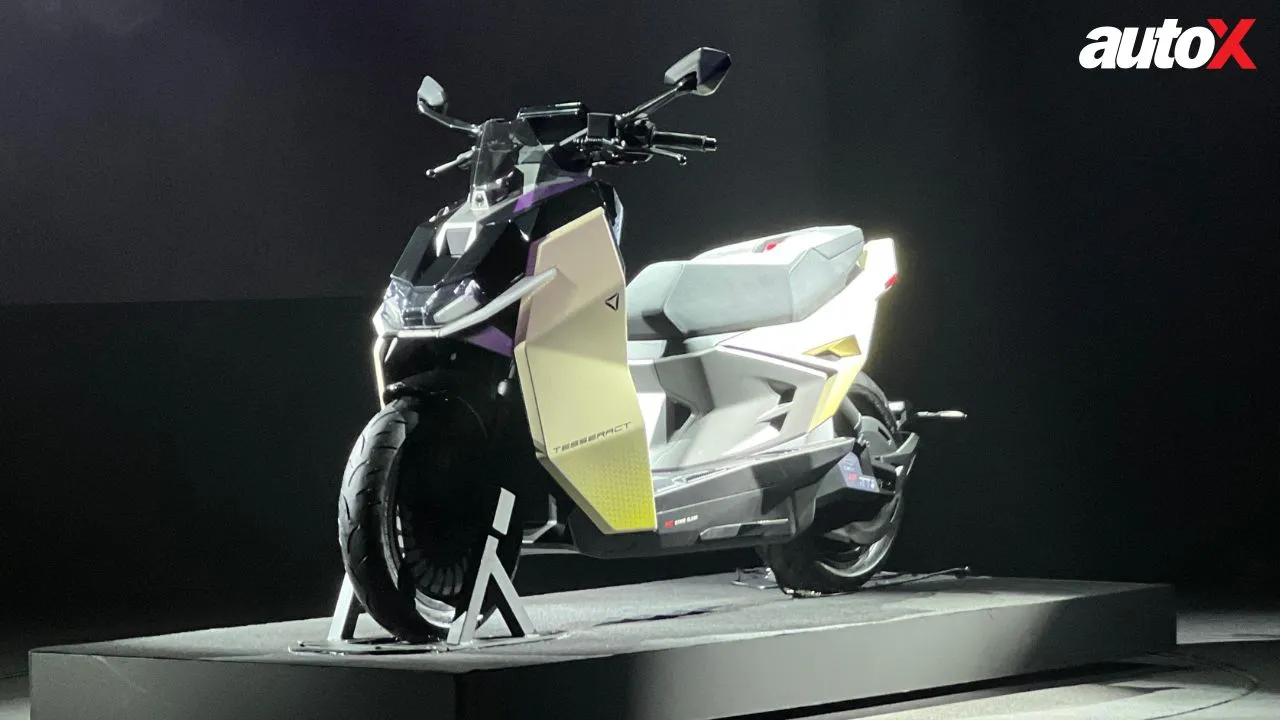


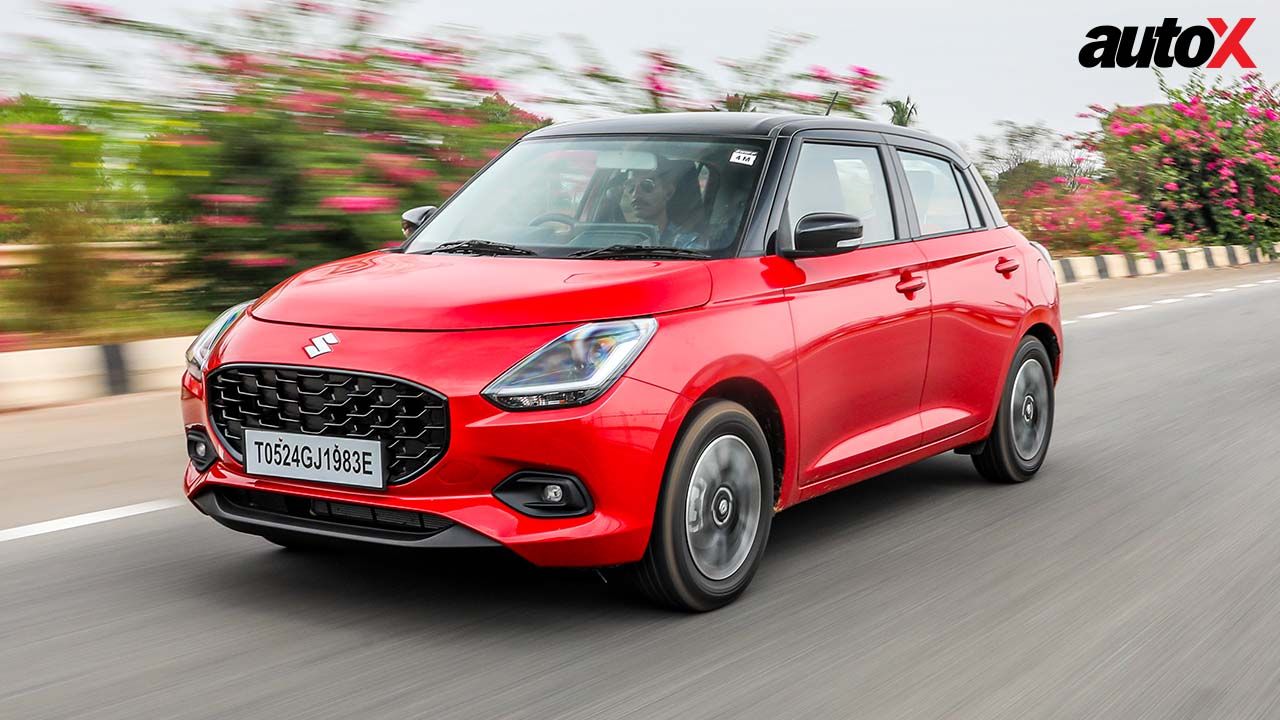


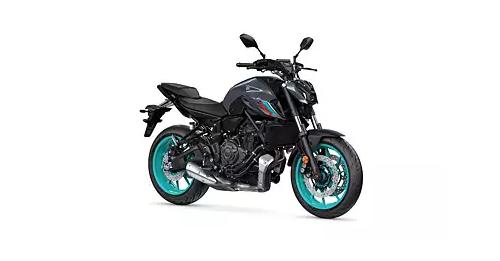
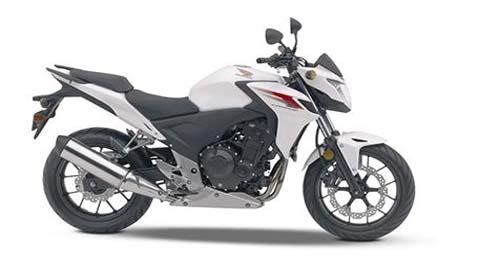
















Write your Comment on